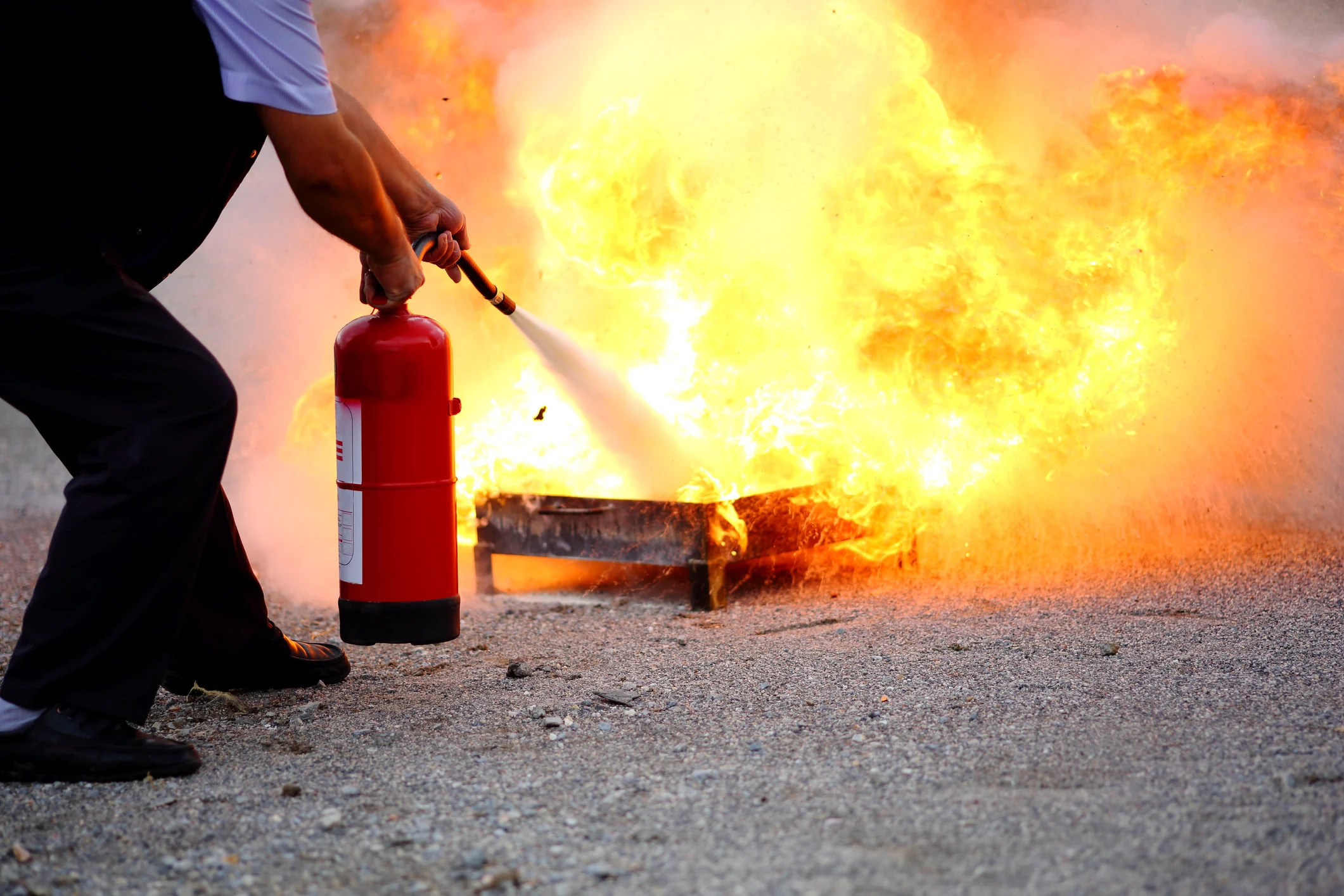
Every day, fire plays a crucial role, both indirectly and directly. However, due to a myriad of causes, they can also be life-threatening. It can result in damage to property and could be dangerous to the lives of human life. That’s why it is important to be aware of the potential for this kind of catastrophe. Sometimes, no matter how well-prepared you are, it isn’t always easy to prevent this from happening. It is because of the type of fuel that the fire is burning.
Despite the best efforts to prevent it even if a fire occurs, the consequences could be as destructive as the fire itself. Professionally trained fire damage restoration Wilton aids businesses and homeowners recover from structural damage as well as removing smoke residue and making sure the building is safe for use in the future. Professionally trained restoration teams do not only fix visible damage, but deal with hidden issues, such as persisting odors, and deteriorated air quality, allowing families get back to their normal lives faster while maintaining peace of peace of.
Table of Contents
Class A Fire
This kind of fire makes use of the most popular kind of fuel. It can be made from wood, paper cloth plastics, dry grass etc. there’s nothing special in this. Since the majority of these products are found in the homes, there is always the possibility of fire. In these situations, a little water can suffice. Water absorbs heat and makes the fire go out.
Class B fire
Class B fires contain flammable liquids such as gasoline, kerosene Acetone, and all kinds of alcohol. The fires that result from gasses such as methane, propane hydrogen. are also part of. When this kind of fuel starts the flame, it can be extremely difficult to get rid of the heat and fuel. Thus, the most effective method is to eliminate the oxygen. Chemicals such as ammonium phosphate or carbon dioxide are able to help in eradicating the flame.
Class C fire
The type of fire described above is usually caused by electrical problems. The main reason for it is that of short-circuits within the electrical wiring. Many house fires occur as a outcome of short-circuiting. Therefore, it is safe to declare that this is a very common occurrence. It is possible to stop the fire spread by simply disconnecting the electrical wire from sources of power.
Class D Fire
Of the three categories of them, fires classified as class D are the most distinctive, and that’s because this kind of fire makes use of metal as a fuel. Metals include Sodium, Potassium, Lithium, Magnesium, Aluminum Titanium etc. These are amazing fuels. The thing to note is that when a fire is sparked by these materials, it will grow significantly faster than other situations, and it’s impossible to get it out by water. As in fact it can be used as a second source of fuel. In this situation dry powder is the most efficient. But, the chemical agents of fly are only used to extinguish fires of Class D only and not in any other category.
Class K Fire
The cause of fires is butter, cooking oil and animal fats. In a nutshell, items you can find in your kitchen. The best method to stop this is to use extinguishers that contain chemical agents.
It can happen without warning, and poses a threat to the lives of those who live in its place. While there are ways to get it out, but it is recommended to be prepared by having fire extinguishers around the home, using wireless smoke detectors, and installing sprinklers. Additionally, we should educate others to be extra vigilant and be aware.
